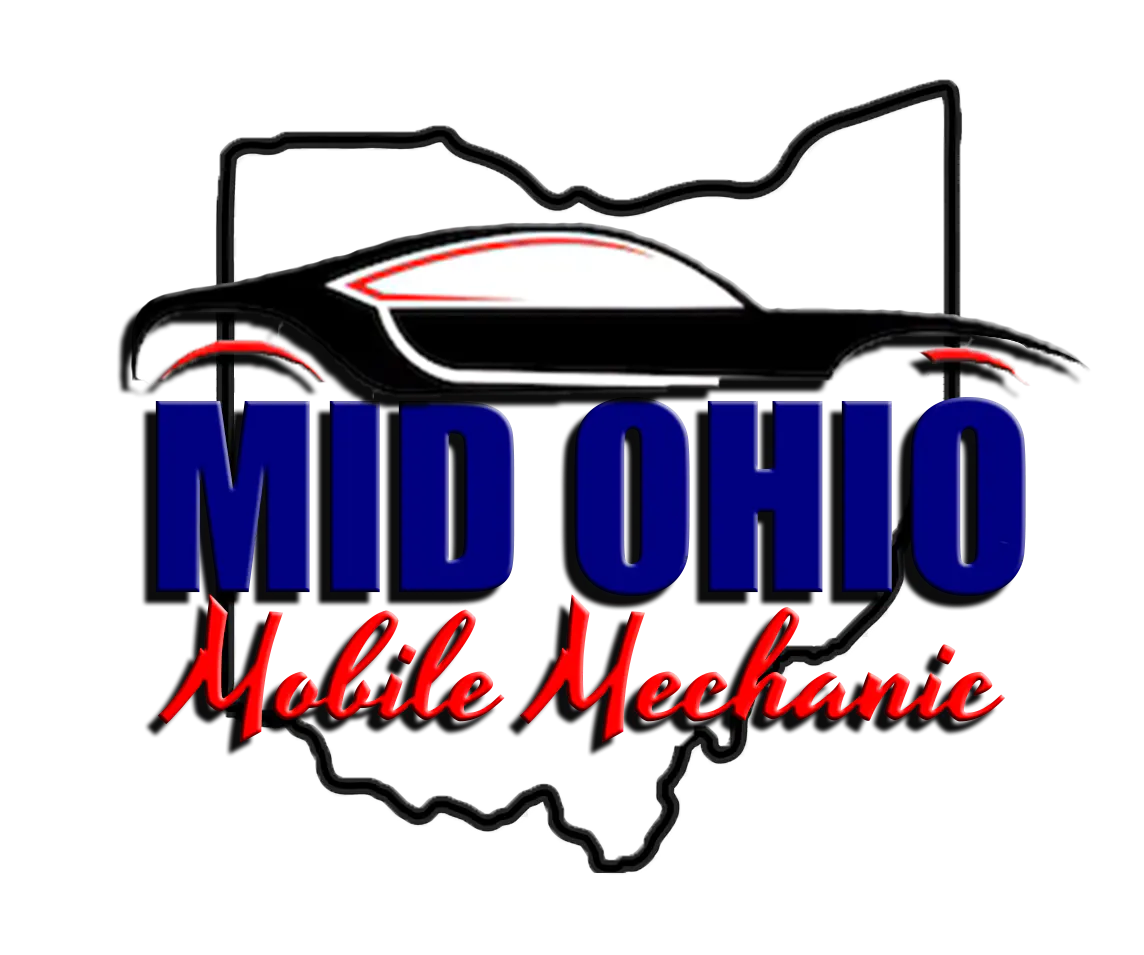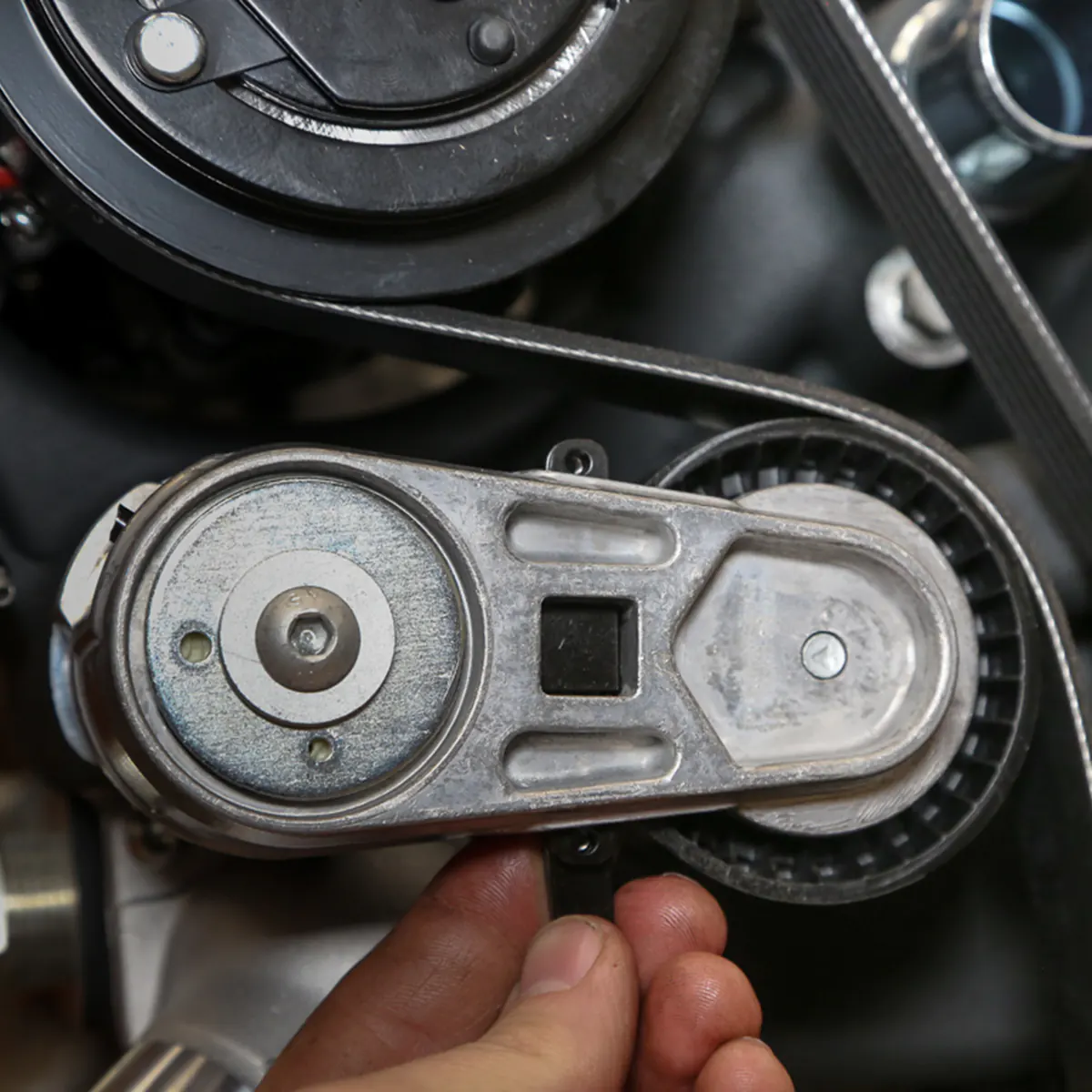Car accidents are unexpected events that can leave both drivers and vehicles in shock. Even minor collisions can result in visible dents, scratches, and misaligned panels, while more serious accidents can compromise your car’s structural integrity and safety systems. After a collision, simply fixing the cosmetic damage is not enough. A thorough, complete auto body and repair service is essential to restore your vehicle to its pre-accident condition, ensuring both aesthetic appeal and operational safety.
This detailed guide explores how a full-service auto body and repair shop evaluates, repairs, and restores vehicles after a collision, highlighting each stage of the process and explaining why professional attention is critical for safety, performance, and long-term value.
Understanding the Scope of Collision Damage
Collisions impact vehicles in ways that may not be immediately visible. Damage can affect multiple systems, including:
- Exterior Panels: Doors, fenders, bumpers, and hoods can be dented, scratched, or bent.
- Structural Components: Frame or unibody damage can compromise crash safety if not repaired correctly.
- Mechanical Systems: Suspension, steering, and braking systems may be affected by the impact.
- Electrical Systems: Sensors, airbags, cameras, and warning systems can be misaligned or damaged.
- Interior Components: Dashboards, seats, and airbags may require inspection and repair.
A complete auto body service addresses all of these areas, ensuring that the vehicle is fully restored and safe to drive.
Step 1: Comprehensive Vehicle Assessment
The repair process begins with a thorough assessment to determine the extent of damage.
Visual Inspection
Technicians examine the exterior for:
- Dents, scratches, and paint damage
- Misaligned panels or doors
- Cracks in bumpers or trim
- Signs of previous damage that may affect repair strategy
Structural and Frame Inspection
Even if damage appears minor, the vehicle’s frame or unibody may have shifted during the collision. Technicians use specialized tools to measure frame alignment and detect stress points that compromise safety.
Mechanical Evaluation
Suspension, brakes, steering, and drivetrain components are checked for damage or misalignment that could affect handling or performance.
Electronics and Safety Systems
Modern vehicles rely heavily on electronics. Technicians inspect:
- Airbags and sensors
- Adaptive cruise control and collision-avoidance systems
- Parking sensors and cameras
- Lighting and dashboard warning systems
A detailed inspection ensures that no hidden issues are overlooked, providing a roadmap for complete restoration.
Step 2: Disassembly and Component Removal
After assessment, technicians carefully disassemble affected areas to access hidden damage.
Panel and Trim Removal
- Damaged panels, bumpers, and trim are removed to inspect the underlying structure.
- This allows repair or replacement of bent metal, weakened mounts, or hidden cracks.
Interior Component Protection
- Seats, dashboards, and electronics are protected or removed to prevent accidental damage during repairs.
- This ensures a safe working environment and preserves the vehicle’s interior quality.
Mechanical and Electrical Component Access
- Suspension components, steering systems, and electrical wiring are examined for damage or misalignment.
- Technicians often use diagnostic tools to check sensor function and detect hidden electronic issues.
Step 3: Structural and Frame Repair
If the vehicle’s frame or unibody is compromised, structural repair is the next critical step.
Frame Straightening
- Collision repair facilities use computer-guided frame machines and hydraulic tools to restore proper alignment.
- Precise measurements ensure that the vehicle meets manufacturer specifications for safety and performance.
Reinforcement Replacement
- Crumple zones, subframes, or damaged reinforcement bars are replaced if necessary.
- This restores the vehicle’s ability to absorb impact energy in future collisions.
Suspension and Steering Alignment
- Frame repairs are followed by suspension and steering adjustments to ensure proper handling.
- Misalignment is corrected to prevent uneven tire wear and improve overall vehicle control.
Step 4: Panel Repair and Replacement
Once the structural repairs are complete, attention shifts to damaged exterior panels.
Dent Removal
- Minor dents are often repaired using paintless dent removal techniques, preserving the original factory finish.
- Larger dents may require filling, sanding, and shaping to restore smooth surfaces.
Panel Replacement
- Severely damaged panels are replaced with OEM or manufacturer-approved parts.
- New panels are aligned precisely to match original dimensions and maintain vehicle integrity.
Bumper and Trim Restoration
- Cracked or scratched bumpers are repaired or replaced.
- Trim pieces are restored or replaced to ensure seamless integration with the vehicle’s body.
Step 5: Paint Repair and Refinishing
After panels are repaired or replaced, the vehicle undergoes meticulous paint work to restore its original appearance.
Surface Preparation
- Sanding, priming, and masking ensure that the repaired areas are ready for painting.
- Surface preparation is crucial for adhesion and long-lasting results.
Color Matching
- Technicians use advanced color-matching techniques to ensure that repaired panels blend seamlessly with the surrounding areas.
- Modern paint systems allow precise replication of metallic, pearl, or multi-stage coatings.
Painting and Curing
- Paint is applied in controlled environments to prevent dust or imperfections.
- Multiple layers, including basecoat and clearcoat, are applied and cured for durability and shine.
Finishing and Buffing
- Polishing removes minor imperfections and restores a smooth, uniform surface.
- The vehicle’s exterior is inspected for color consistency and quality before reassembly.
Step 6: Mechanical and Electrical System Repair
Restoring the vehicle’s functionality is as important as repairing its appearance.
Suspension and Steering Checks
- Components are reinstalled and aligned according to manufacturer specifications.
- Test drives confirm proper handling, suspension response, and braking performance.
Brake System Inspection
- Brake pads, rotors, and hydraulic systems are inspected and replaced if necessary.
- Ensures optimal stopping power and safety during road use.
Electronics Calibration
- Sensors, airbags, cameras, and other electronic systems are recalibrated for accuracy.
- Modern vehicles rely on precise sensor alignment for safety systems such as lane assist and collision avoidance.
Step 7: Interior Restoration
Collisions can also affect a vehicle’s interior. A complete repair service addresses:
- Airbags and dashboards that may have deployed or sustained impact.
- Seatbelts, upholstery, and trim pieces damaged during the collision.
- Interior electronics such as infotainment systems and climate controls.
Restoring the interior ensures both comfort and safety for drivers and passengers.
Step 8: Final Inspection and Quality Assurance
Before returning the vehicle to the owner, technicians perform a rigorous final inspection.
Safety Verification
- Brakes, steering, suspension, and frame alignment are double-checked.
- Electronics and sensors are tested for proper function.
Cosmetic Review
- Exterior panels are inspected for smoothness, proper alignment, and paint consistency.
- Interior components are examined for damage or misalignment.
Test Drive
- A professional test drive ensures the vehicle performs as expected under real-world conditions.
- Any lingering issues are addressed before delivery.
Additional Benefits of a Complete Auto Body & Repair Service
Choosing a full-service repair facility provides advantages beyond basic collision repair:
- Manufacturer-Approved Parts and Procedures: Ensures safety and maintains vehicle value.
- Warranty on Workmanship: Many facilities offer guarantees on repairs, providing peace of mind.
- Time and Convenience: Comprehensive repair services address all issues in one place, reducing downtime.
- Insurance Coordination: Full-service shops often work directly with insurance companies for claims and estimates.
Common Misconceptions About Collision Repairs
- “It’s Just Cosmetic”: Even minor dents can mask underlying structural issues.
- “Aftermarket Parts Are Enough”: OEM parts are designed to meet original safety standards and fit precisely.
- “DIY Fixes Are Safe”: Without professional tools and expertise, repairs can compromise safety and reduce resale value.
- “Insurance Will Cover Everything”: Coverage depends on policy limits and specific damage; comprehensive repair ensures vehicle safety regardless of insurance decisions.
Why Professional Expertise Matters
Collision repair is not just about making a vehicle look new—it’s about restoring its safety, performance, and value. Professionals have:
- Advanced Tools and Equipment: Laser frame measuring, paint booths, and diagnostic systems for accurate repairs.
- Material Expertise: Knowledge of steel, aluminum, composites, and modern coatings.
- Experience With Electronics: Calibration of sensors, airbags, and ADAS systems.
- Attention to Detail: Ensures both structural integrity and cosmetic perfection.
Attempting repairs without professional skills or equipment can compromise safety, aesthetics, and long-term vehicle performance.
The Long-Term Impact of Complete Auto Body Repair
Investing in full-service collision repair provides long-term benefits:
- Safety: Restored structure and calibrated systems protect occupants in future collisions.
- Performance: Proper suspension, steering, and braking ensure reliable handling.
- Resale Value: OEM parts, precise repairs, and cosmetic restoration maintain vehicle market value.
- Longevity: Addressing damage promptly prevents corrosion, wear, and mechanical failures.
A comprehensive repair service transforms a damaged vehicle into one that performs, looks, and feels like it did before the accident.
Conclusion
After a collision, restoring your vehicle requires more than superficial fixes. A complete auto body and repair service addresses structural, mechanical, electronic, and cosmetic damage, ensuring safety, functionality, and aesthetic appeal. From the initial assessment to disassembly, frame repair, panel replacement, painting, and final inspection, each step is crucial to returning your car to pre-accident condition.
Professional expertise, advanced equipment, and adherence to manufacturer standards guarantee that every repair, from minor dents to major structural damage, is performed correctly. Skipping comprehensive repairs can compromise safety, reduce performance, and diminish vehicle value.
By choosing a full-service auto body and repair shop, you ensure that your car is not only restored visually but is also safe, reliable, and ready for the road ahead. Whether it’s a minor fender-bender or a significant collision, comprehensive repair is the key to peace of mind and long-term satisfaction.


